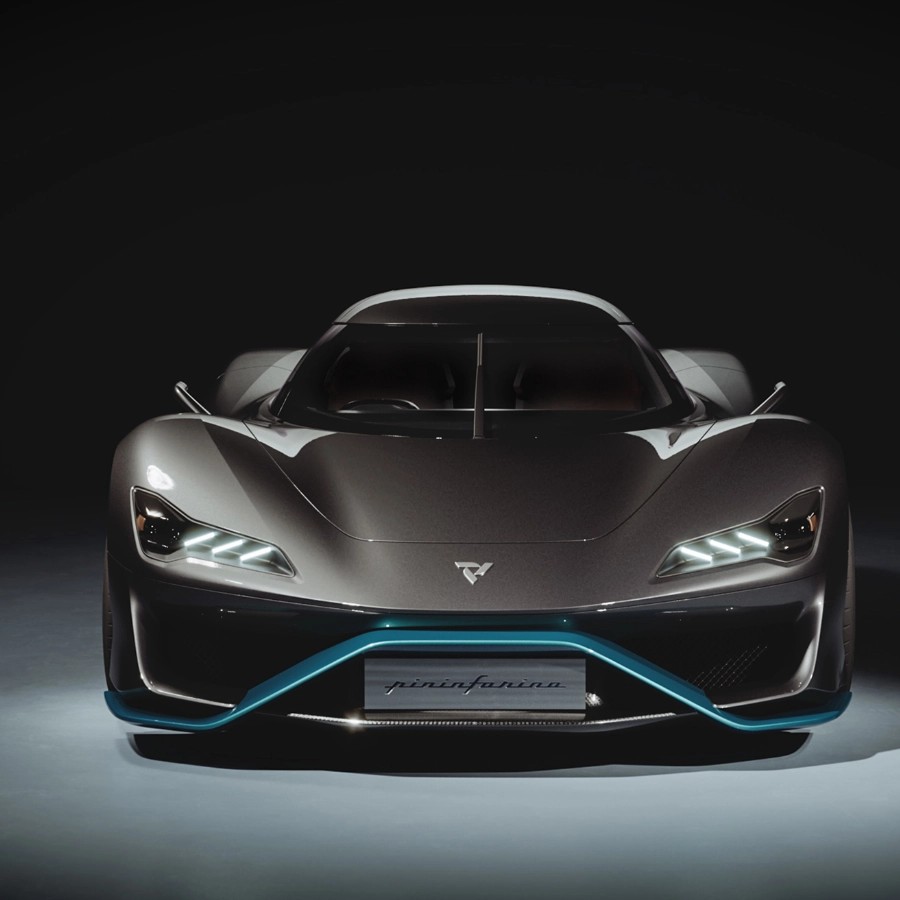Zero-emissions
Apricale is the first car in the world to achieve zero-emissions hypercar performance, with a weight of only 1,000 kg. This transforms the driving experience of the Apricale, it combines the agility of the best petrol-engine hypercars with the instant response of an electric motor. Indeed, the electric drivetrain is actually more responsive than a traditional hypercar. The powertrain of the Apricale represents a historic landmark. It proves that a zero-emissions powertrain can offer the same power, the same weight and the same range as an internal combustion engine.
The multi-hundred kW fuel cells are combined with unique Ultra High Power lithium-ion cells developed by technical partners, AMTE Power and Viritech’s patent-pending intelligent energy management system, Tri-Volt™. While the fuel cells provide the main motive power for Apricale, the battery provides additional power for acceleration and ultra-high performance driving, as well as a highly efficient storage for regenerative braking energy.
The Tri-Volt™ Energy Management System and Viritech’s patent-pending power electronics enable a continuously variable mix of energy from both the fuel cells and the batteries. In addition, the very fast charge and discharge batteries enable the regenerative braking systemto recover many times more kinetic energy than a traditional battery electric vehicle.
The way
The ambition to overcome all the compromises of zero-emission vehicles required Viritech’s engineers to completely reconsider how fuel cells and batteries function together. Until now, hydrogen has been another key weight problem. To withstand the 700 bar pressure, most hydrogen storage tanks have a weight efficiency of only around 5% (i.e. 5kg of hydrogen requires a 100kg storage tank). Viritech’s engineers developed a radical solution. Viritech’s patent pending Graph-Pro™ technology uses lightweight composites and a graphene-enabled resin system, allowing the tanks to form part of the structural element of the Apricale monocoque. This solution minimises weight,improves packaging and provides a projected range of over 350 miles/560 kms before refuelling.

